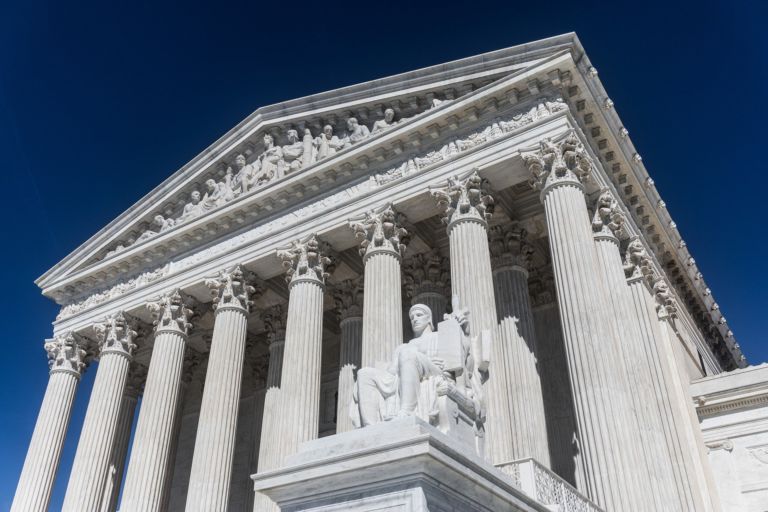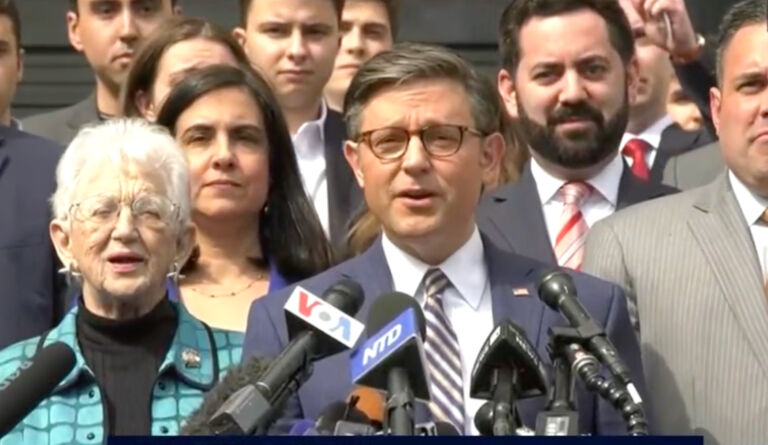This article is meant to report the fact that for the first time the Fed has crossed the $2 trillion mark in holdings of US Treasury debt. But the article also contains a great description of how monetary policy is manipulated to facilitate deficit spending on the part of the US Government. We have all heard about Fed. chairman Ben Bernanke’s Quantitative Easing programs, where the Fed is using expansionary monetary policy to hold down interest rates below what a free market would otherwise generate, but there is much more going on than simply flooding markets with new dollars. In the process the Fed is encouraging out of control spending financed by deficits. The process is described as follows:
By law, the Fed is not permitted to buy U.S. Treasury securities directly from the Treasury. Instead it buys them in the secondary market. However, when the Fed buys U.S. government debt even on the secondary market it creates a closed circle: The Treasury pays the Fed the interest owed on that part of the federal government’s debt, and almost all of that interest–considered “profit” by the Fed–is paid back to the Treasury.
“Monetizing the deficit refers to financing the budget deficit through money creation rather than by selling bonds to private investors,” said the CRS [congressional Research Service]. “Hyperinflation in foreign countries has consistently resulted from governments’ decision to monetize large deficits.
“According to this definition, the deficit has not been monetized,” said CRS. “Section 14 of the Federal Reserve Act legally forbids the Fed from buying newly issued securities directly from the Treasury, and all Treasury securities purchased by the Fed to date have been purchased on the secondary market from private investors.”
“Nonetheless,” said CRS, “the effect of the Fed’s purchase of Treasury securities on the federal budget is similar to monetization whether the Fed buys the securities on the secondary market or directly from the Treasury. When the Fed holds Treasury securities, Treasury must pay interest to the Fed, just as it would pay interest to a private investor. These interest payments, after expenses, become profits of the Fed. The Fed, in turn, remits about 95 percent of its profits to the Treasury, where they are added to general revenues. In essence, the Fed has made an interest-free loan to the Treasury, because almost all of the interest paid by Treasury to the Fed is subsequently sent back to Treasury.
“The Fed could increase its profits and remittances to Treasury,” said CRS, “by printing more money to purchase more Treasury bonds (or any other asset).”
So when it comes to deficit spending Ben Bernanke’s QE programs are like giving free heroin and needles to a junky. The main difference is that a junky would pay the personal price of his habit while politicians can pass the misery on to future generations.


